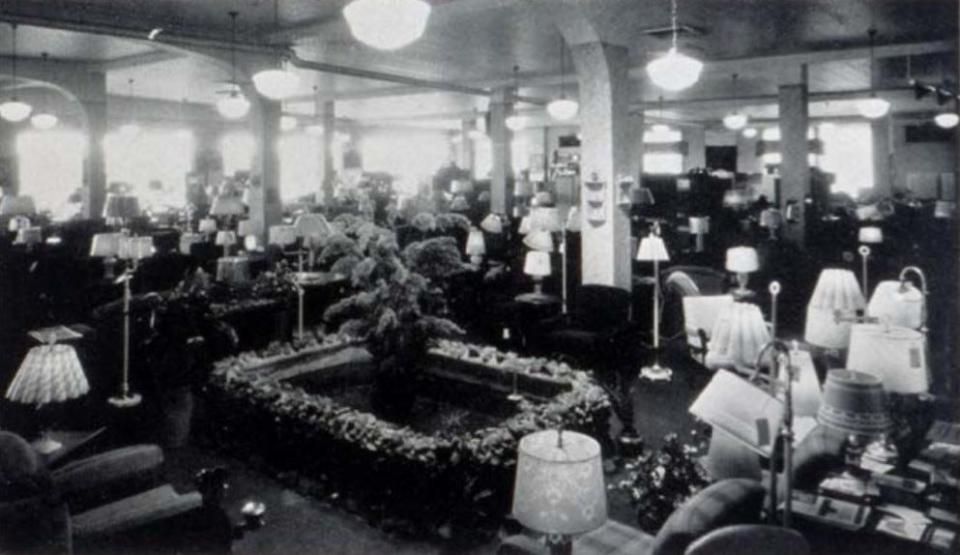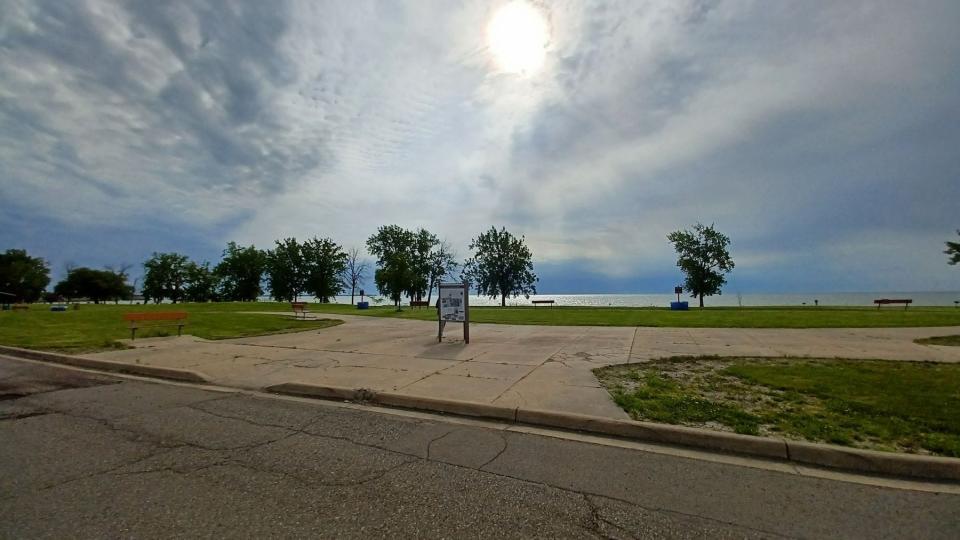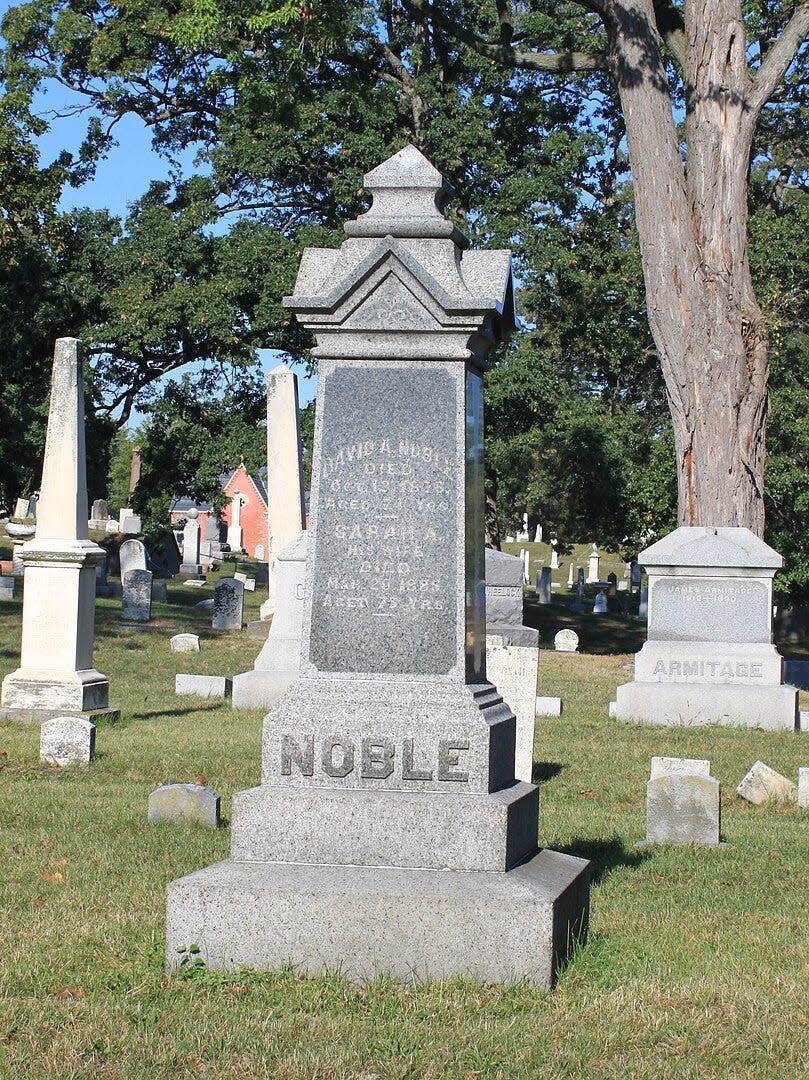Monroe County History: Monroe's 'Floral City' nickname grew from 1850s railroad rivalry
Many still refer to Monroe as the “Floral City,” and it prompted my curiosity as to where the phrase originated. Having written about the Greening Nursery Co. and its competitor the Ilgenfritz Nursery Co. in the past, Monroe’s role as a major flower and nursery producer seemed like a logical choice.
However, a story in the "Pageant of Historic Monroe" offers a logical explanations as to the origins of the “Floral City” phrase as well as a glimpse into the history associated with David A. Noble – Monroe mayor, Michigan representative and recipient of a street name on which I have traveled many times in the city.

In 1852, the Michigan Southern and Northern Indiana Railroad extended its line from Monroe to the Monroe Piers as a means of benefiting from the commercial and passenger steamboat activity that had emerged bringing goods and people across Lake Erie from Buffalo and Cleveland to the lake’s western basin. The Michigan Southern and Northern Indiana Railroad was in direct competition with the Michigan Central Railroad – also taking advantage of Lake Erie steamboat traffic docking in Detroit. Both railroads wanted to win valuable transport contracts taking goods and people west to Chicago.

Both companies also operated their own steamboats. The Michigan Southern and Northern Indiana Railroad ran the Northern Indiana steamer (whose captain was A.D. Perkins of Monroe), and Michigan Central operated its Mayflower vessel. These boats were primed to serve the commercial and passenger needs of transport routes from the East Coast. One of the prime contracts along this route was to transport mail as a contractor for the U.S. Postal Service. Both companies decided to promote their efforts to win the contract and promote it in newspapers across the country.
The Michigan Southern and Northern Indiana Railroad brought the Northern Indiana in dock at the Monroe Piers and commissioned one of its best locomotives to travel with great fanfare from the lake’s edge across the marshes to the Lake House Hotel (also operated by the Michigan Southern and Northern Indiana Railroad) where Daniel Dunning was the longtime proprietor.
After that brief stop, the train headed to Monroe’s Public Square where it was met with great fanfare by 50 young girls dressed in white and carrying baskets of beautiful summer flowers. Nearby was a large banner emblazoned with the words, “The Floral City Welcomes You.” This part of the celebration was the brainchild of Sarah A. Noble – wife of Monroe’s mayor.

Not only was David A. Noble Monroe’s mayor in 1852, he served as prosecuting attorney and probate judge in Monroe after receiving his law credentials in New York in 1831 and arriving in Monroe shortly thereafter. Noble went on to become Monroe’s alderman and city recorder. A stint as a Michigan state representative from 1847 to 1848 predated his term as mayor. Noble then served as a U.S. representative from Michigan from 1853 to 1855. His career then took him to manage another railroad – the Louisville, New Albany & Chicago Railroad – into the 1860s.
Sarah Noble’s phrase was quickly adopted by Monroe’s business and political communities and certainly leveraged by growers and landscapers I.E. Ilgenfritz, who founded his nursery operations in 1847, and J.C.W. Greening, who started his company in 1850. The phrase also reinforced and paid homage to Monroe County’s claim as the “Lotus Capital of the World” – a distinction it still holds today. It also was the key part of the decision to christen the Floral City Furniture Co. – today known worldwide as La-Z-Boy Inc.

Incidentally, the Michigan Southern and Northern Indiana Railroad eventually won the U.S. Mail contract.
Tom Adamich is president of Visiting Librarian Service, a firm he has operated since 1993. He also is project archivist for the Greening Nursery Co. and Family Archives and the electric vehicle awareness coordinator at Monroe County Community College.
This article originally appeared on The Daily Telegram: History: 1850s railroad rivalry led to Monroe's 'Floral City' nickname

